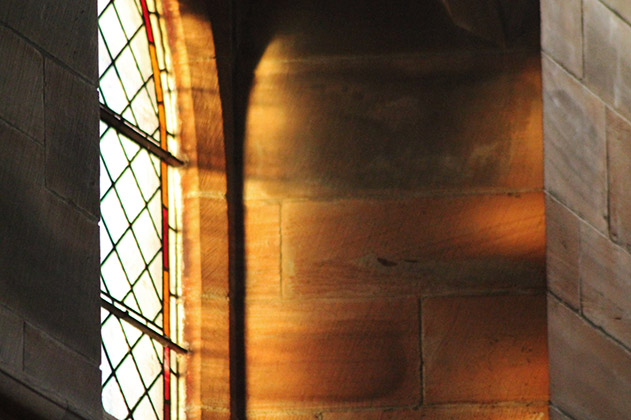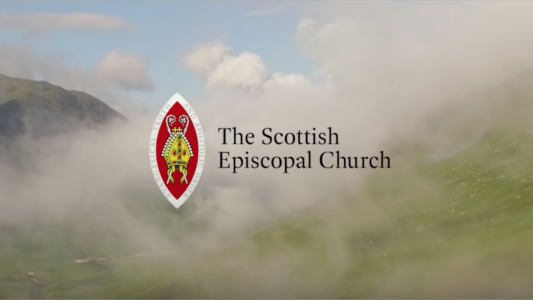After the crowning of King Charles III and Queen Camilla at Westminster Abbey , the Most Rev Mark Strange, Primus of the Scottish Episcopal Church, looked back on a celebration that had been “more overwhelming than I had even imagined.”
The Primus was honoured to present the Sovereign’s Sceptre with Cross just before King Charles III was crowned, representing the Scottish Episcopal Church at a symbolic moment at the heart of the Coronation.
“After two days of rehearsals and now the real thing, it has been exhausting but uplifting,” said the Primus at the end of the service. “The occasion actually passed quite quickly, because there was a constant stream of people arriving at the Abbey, and then of course the tension rises as the service reaches its conclusion.

(Picture: The Archbishop of Armagh, who presented the Orb, the Primus, who presented the Sceptre with Cross, and the Archbishop of Wales, who presented the Sceptre with Dove)
“You find yourself right in front of the King, and you are about to give him a symbol of authority on a day that becomes part of history, and you suddenly realise that this is quite a moment. ‘Hang on, is this me, is this the Scottish Episcopal Church, standing here right now?’
“It was a great honour but it was also something of a relief when it was over, and it was a great support to hear people shouting ‘Hello Mark!’ as I came out of the Abbey. There were many friends who were pleased to see the Scottish Episcopal Church involved.”
 The Primus, who is Bishop of Moray, Ross & Caithness, was also able to bring two moments of history together, in a small way.
The Primus, who is Bishop of Moray, Ross & Caithness, was also able to bring two moments of history together, in a small way.
“I had a chance to say hello to the Archbishop of Canterbury just before the service, and to point out to him the ring I was wearing. It belonged to Henry Benedict Stuart, brother of Bonnie Prince Charlie, which he wore to conclave towards the end of his life. After his death the ring was held by the royal family, and was later given to the Diocese of Moray, Ross & Caithness in recognition of the history of the Scottish Episcopal Church. It felt fitting to acknowledge that link today.”
The Primus – and ring – returned to Moray on Sunday, after attending worship at St Paul’s Cathedral in the morning.
He concluded: “It is an occasion that none of us are likely to forget, and once again I feel privileged to have represented our church on behalf of all those who have prayed for our new King and Queen.”
Meanwhile, a further member of the College of Bishops attended the Coronation Service when the Rt Rev Dr John Armes fulfilled the role of the Heritable Usher of the White Rod, a historic office of the Parliament of Scotland.
The Bishop of Edinburgh assumed the role of White Rod as the ex officio chair of the Walker Trustees, one of 13 people chosen to play “important historic ceremonial roles . . . [having shown] evidence that their claim related to a historic customary service performed at previous Coronations”.
After the crowning of King Charles III and Queen Camilla, Bishop John said: “It was a memorable occasion, one full of prayer and astonishing music.
“I met lots of people who were at the Coronation because of their service to the most vulnerable in our communities. May the Holy Spirit truly bless the reign of our new monarch.”
The last personal holder of the office of White Rod was Sir Patrick Walker, on whose death in 1837 the office was held for some years by his two sisters, Barbara and Mary. The Walker sisters funded the building of St Mary’s Episcopal Cathedral in Edinburgh, the see of the Bishop of Edinburgh.
In 1877 the office was incorporated by special Act of Parliament under the title of the Walker Trustees. White Rod today has no official duties but one of the remaining honours of the office is to take part in the Coronation procession.
(Main picture at top of page: The Primus, right, after presenting the Sceptre with Cross, held in the King’s right hand)








